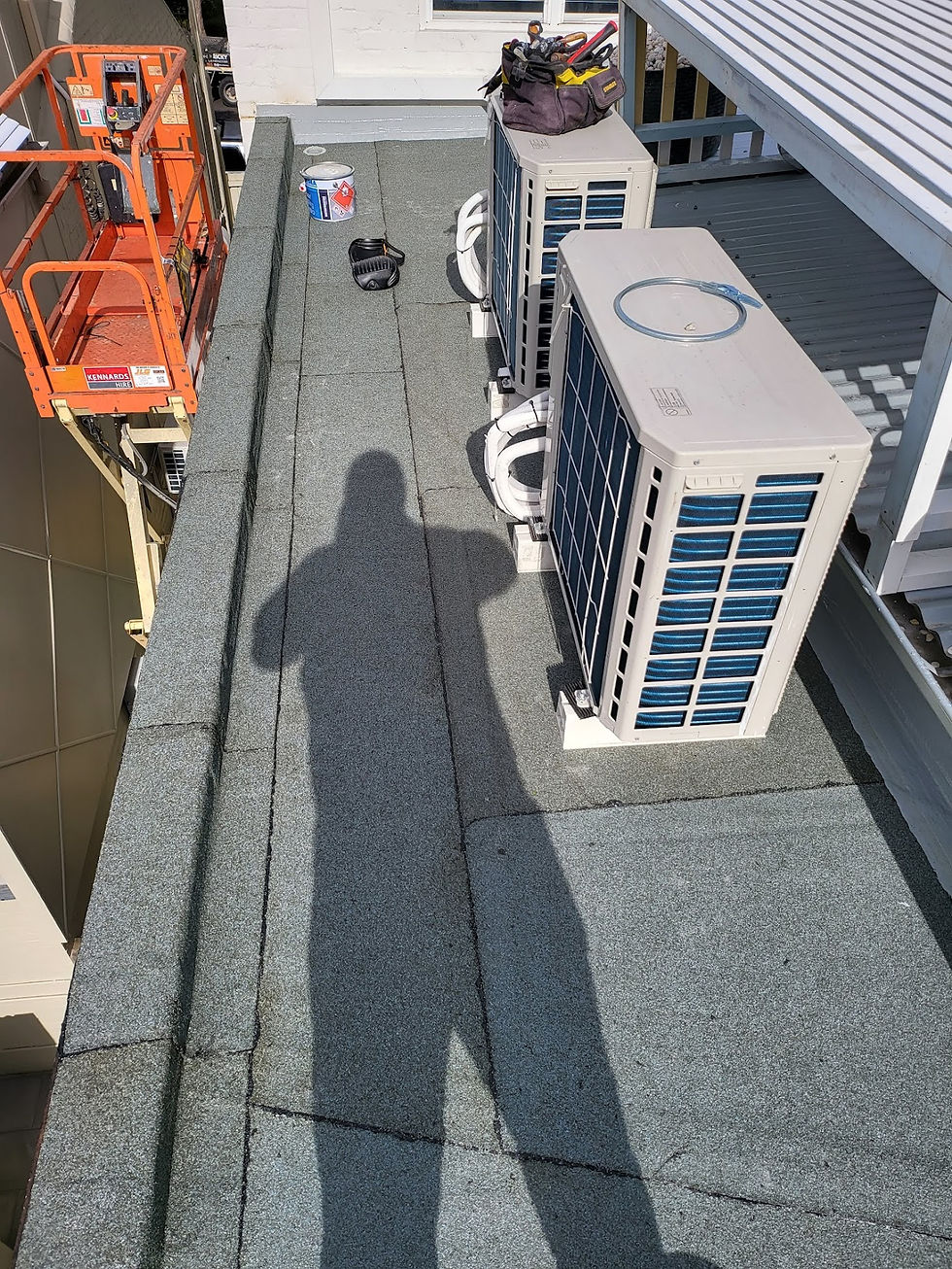What Is The Best Waterproofing Membrane?
- WetStop Waterproofing

- Jan 19, 2023
- 2 min read
Updated: Jan 23, 2023
Waterproofing membranes are essential for protecting buildings and structures from water damage. They are used on flat roofs, decks, balconies, and other surfaces to prevent water from penetrating the structure. When it comes to choosing the best waterproofing membrane, there are several options available, each with their own unique advantages and disadvantages. In this article, we will discuss the most popular waterproofing membrane options and their pros and cons.

1) Modified Bitumen Membranes:
Modified bitumen membranes are made from asphalt and are reinforced with either a polyester or

fiberglass mat. These membranes are durable, flexible, and resistant to UV rays, making them a popular choice for flat roofs and decks. They can also be applied using a variety of methods, including torch-on, cold application, and hot mopping. However, modified bitumen membranes are not as flexible as some other options and some types can be more prone to cracking in extreme temperatures.
2) PVC Membranes:
PVC membranes are made from polyvinyl chloride and are reinforced with either a polyester or fiberglass mat. These membranes are highly flexible and resistant to UV rays and extreme temperatures. They are also highly resistant to chemicals, making them a popular choice for industrial and commercial applications. However, PVC membranes can be more expensive than other options and may not be as durable as modified bitumen membranes.
3) TPO Membranes:
TPO membranes are made from thermoplastic olefin and are reinforced with either a polyester or fiberglass mat. These membranes are highly flexible, UV resistant, and resistant to extreme temperatures. They are also highly resistant to chemicals and are a popular choice for commercial and industrial applications. However, TPO membranes can be more expensive than other options and may not be as durable as modified bitumen membranes.
4) Self-Adhesive Membranes:
Self-adhesive membranes are made from either modified bitumen or PVC and have a self-adhesive backing. These membranes are easy to apply and are ideal for DIY projects. They are also highly flexible and UV resistant. However, self-adhesive membranes may not be as durable as other options and may not be suitable for heavy-duty applications.
5) Liquid-Applied Membranes:
Liquid-applied membranes are applied as a liquid and then cure to form a waterproof layer. They are

highly flexible and can be applied to a variety of surfaces. They are also UV resistant and can be used to repair existing membranes. However, liquid-applied membranes may not be as durable as other options and may not be suitable for heavy-duty applications.
The Best Waterproofing Membrane
In conclusion, the best waterproofing membrane will depend on the specific application and the specific requirements of the project. Modified bitumen membranes are durable and flexible, making them a popular choice for flat roofs and decks. PVC and TPO membranes are highly flexible, UV resistant and resistant to extreme temperatures and chemicals, making them a popular choice for commercial and industrial applications. Self-adhesive and liquid-applied membranes are easy to apply and are ideal for DIY projects, but may not be as durable as other options. It is important to consult a licensed professional before making a final decision.









Comments